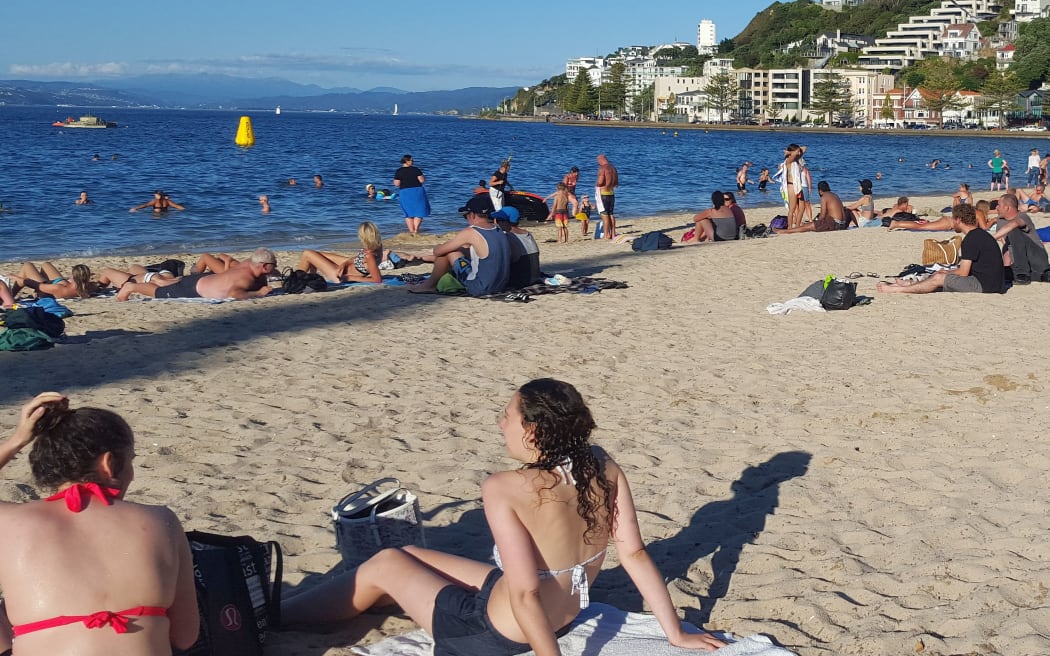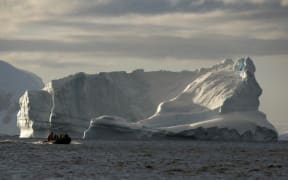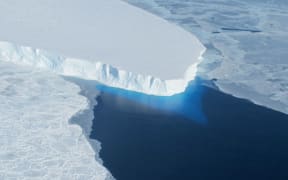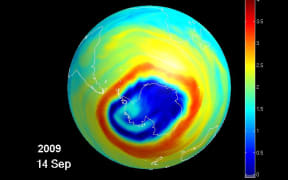The hole in the ozone is recovering, which could reduce the occurrence of sunburn and skin cancer in New Zealand, according to scientists.

New Zealand has one of the highest rates of skin cancer in the world. Photo: ( RNZ / Karen Brown )
New research published in Science magazine shows that moves to control ozone-depleting chemicals have paid off, and scientists say this success could be used to tackle climate change.
Ozone in the atmosphere protects biological species by absorbing high-energy ultra-violet light, but a hole developed over Antarctica over time because of the use of chloroflurocarbons, or CFCs, which break down in the upper atmosphere and decompose the ozone.
In 1987, most countries in the world signed up to the Montreal Protocol in a concerted effort to ban the use of CFCs and repair the ozone hole.
Waikato University chemistry lecturer Joe Lane said the restrictions placed on ozone-depleting substances was starting to take effect.
"And hopefully [those changes] should in the long term result in the reduced incidence of things like melanoma and skin cancer, sunburn and the like in New Zealand."
NIWA atmosphere and climate principal scientist Olaf Morgenstern said New Zealand was the world leader in occurrence of certain types of skin cancer because many people were of European extraction and were genetically programmed for much lower levels of UV.
He said the ozone recovery would be minimal over New Zealand and people would still need to be cautious in the sun.
CFCs are found in common household items like older refrigerators, old car air-conditioning systems as well as industrial air and refrigeration systems.
They also used to be in everyday products like aerosols.
Dr Morgenstern said if the Montreal Protocol had not been put in place the world would be on a path to major catastrophe.
He said we should try to learn from this success to tackle climate change, although it was a harder problem.
"Partially it was so successful because those companies that made those CFCs saw money in the alternatives, and maybe that could be a way to go in terms of how to phase out our usage of fossil fuels."
Yesterday, the Ministry for the Environment released its latest climate change projections for the coming decades saying climate warming is unequivocal with unprecedented levels of greenhouse gases in the atmosphere, and it is very likely human induced.
Drought severity is projected to increase in most regions, with hotter temperatures in the North Island and more intense winter rainfalls increasing the likelihood of flash flooding and overwhelming urban drainage systems.
Among the likely impacts is an increase in summer mortality rates, business disruption, damage to biodiversity and transport infrastructure.
Victoria University climate scientist James Renwick said ozone depletion was a much easier problem to tackle because the gases causing the problem were used in a narrow range of products and there were convenient substitutes for them.
He climate change-causing greenhouse gases came from activities which were at the core of the global economy such as energy production and transport.
"Finding substitutes like switching to renewable electricity, to electric vehicles, is quite a lot harder so it's taking a lot longer and is a lot more complicated."
Dr Renwick said it could take hundreds of years to deal with climate change and we needed to start responding now because the time delays were huge and we dally at our peril.





